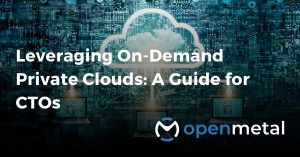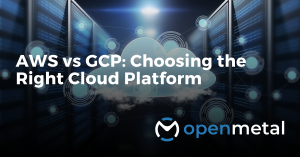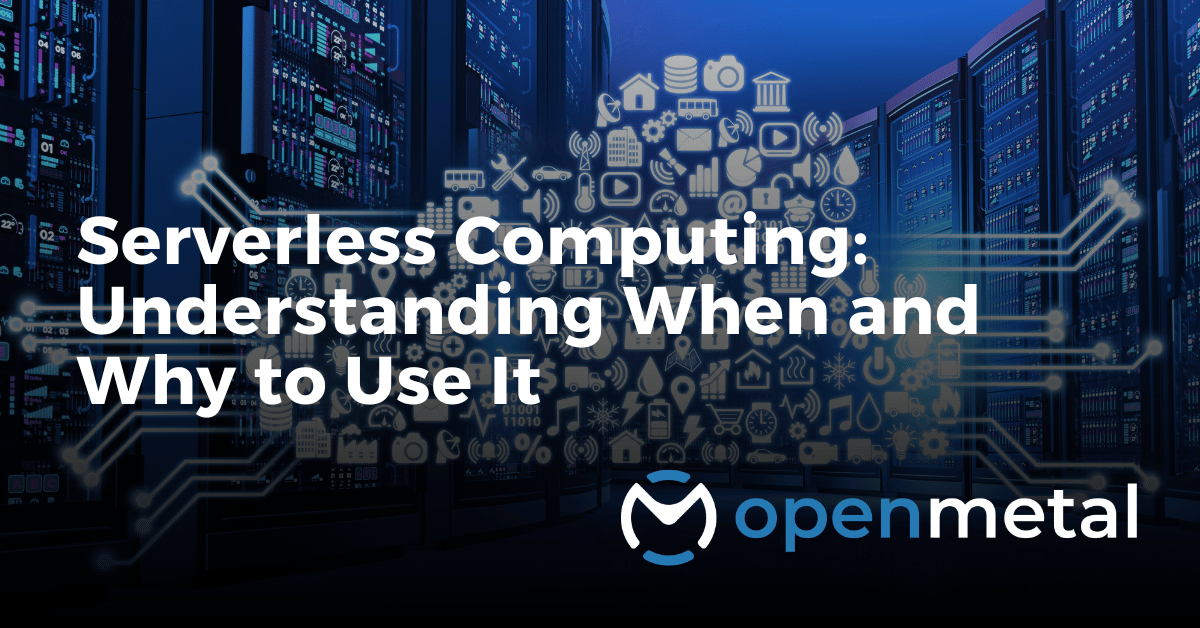Serverless: Transforming Cloud Computing for Better or Worse?
In the dynamic world of cloud computing, serverless architecture stands as a significant innovation. This transformative approach is reshaping business strategies in application development and deployment. Understanding serverless computing is crucial for businesses aiming to stay ahead in the technological race. Let’s delve deeper into the intricacies of serverless computing, examining its benefits, challenges, and the scenarios where it excels.
Decoding Serverless Computing
Serverless computing, commonly referred to as Function as a Service (FaaS), represents a major shift in cloud computing, strongly aligning with the open-source movement. It allows businesses to shift their focus from the complexities of managing backend virtual machines to honing application development.
This paradigm shift is pivotal in enabling agile and responsive strategies to meet evolving customer needs. In serverless architectures, even within private cloud setups, operational complexities are abstracted away. This allows businesses to deploy serverless functions within a secure, private cloud environment, balancing control, privacy, and operational efficiencies.
The Upsides of Embracing Serverless
- Adaptive Scalability: Serverless architecture excels in environments where demand is unpredictable. Its dynamic scalability ensures efficient resource utilization, adapting swiftly to changing needs.
- Unleashing Developer Potential: By removing server management from developers’ responsibilities, serverless computing fosters innovation and rapid development, reducing time-to-market.
- Cost Optimization: Aligning costs with actual usage, serverless computing eliminates the financial burden of idle resources, resonating with lean operations and sustainability principles.
- Streamlined Operations: The removal of hardware management responsibilities simplifies operational processes, enhancing efficiency and reducing human error.
Navigating the Challenges
- Monitoring and Debugging: The lack of direct server access requires new strategies for application performance management, potentially incorporating sophisticated monitoring tools.
- Security and Compliance: Third-party reliance necessitates a thorough evaluation of data security and compliance, especially for businesses in regulated industries.
- Avoiding Vendor Lock-In: Serverless models can create dependencies on specific cloud providers, challenging the transition to different services or a multi-cloud strategy.
- Understanding Resource Constraints: Applications with intensive resource demands might find the limits of serverless platforms challenging, requiring a hybrid approach.
Real-World Applications and Case Studies
- E-commerce Scalability: An e-commerce platform leverages serverless computing to handle traffic spikes during peak shopping seasons, ensuring seamless customer experiences without overburdening resources.
- Media Processing Workflows: A media company utilizes serverless architecture for efficient processing of large volumes of image and video content, optimizing resource allocation and reducing operational costs.
- IoT Data Management: In the realm of IoT, serverless computing provides scalable solutions for processing and analyzing vast amounts of sensor data, enabling real-time insights and decision-making.
Why Serverless May Not Be the Ideal Choice for Some Use Cases
While serverless computing offers numerous benefits, it’s not universally suited for all scenarios. Here are some situations where serverless might not be the best fit:
- High-Performance Applications: Serverless architectures can face limitations in handling applications that require consistent, high-level computational power, like complex scientific simulations or intensive data processing tasks.
- Long-Running Processes: Serverless platforms typically have execution time limits. Applications needing prolonged processing times may encounter issues with these constraints.
- Customized Computing Environments: Certain applications require specific, tailored environments that serverless platforms may not provide, limiting customization and control.
- Cost Predictability Challenges: While serverless can be cost-effective for sporadic workloads, applications with steady, high-volume traffic might incur higher costs compared to traditional hosting, making cost predictability a challenge.
- Legacy System Integration: Integrating serverless architectures with traditional, legacy systems can be complex and may require significant refactoring, which is not always feasible or cost-effective.
- Data Intensive Workloads: Applications that need to process large amounts of data continuously might find the data transfer costs in a serverless environment to be prohibitive.
Ideal Scenarios for Serverless Adoption
- Event-Driven Ecosystems: Serverless is ideal for applications that respond to specific events, such as user interactions, sensor data, or file uploads.
- Microservices Architecture: Serverless computing’s modular nature aligns with microservices, offering scalability and flexibility for each component.
- Efficient Batch Processing: Serverless architectures are well-suited for batch processing tasks like data analytics or media processing, scaling resources as needed.
Looking Ahead: The Future of Serverless Computing
The serverless computing landscape is continuously evolving, driven by advancements in technology and changing business needs. Future developments are expected to focus on enhancing security, reducing vendor lock-in, and improving resource allocation algorithms. As businesses increasingly adopt DevOps practices and microservices architectures, serverless computing will play a crucial role in enabling agile, efficient, and scalable solutions.
Conclusion: Serverless – A Strategic Choice for Your Business
Serverless computing offers a myriad of advantages but is not a universal solution. It represents a strategic choice, requiring careful consideration of application architecture, scalability needs, and financial models. If your business seeks an agile, cost-efficient, and scalable solution without the operational complexities of traditional server management, serverless computing might be the right path for your next project.
Next Article Preview: Exploring the Open Source Serverless Tools
In our upcoming article, we’ll delve into the world of open-source serverless tools, showcasing their unique features and how they can benefit your cloud strategy. Here’s a sneak peek at some open-source serverless tools we’ll be covering:
- OpenFaaS: A versatile tool for deploying serverless functions and microservices.
- Knative: Kubernetes-native serverless framework.
- Apache OpenWhisk: A robust serverless platform supporting diverse programming languages.
- Nuclio: A high-performance serverless framework focusing on data processing and I/O intensive tasks.
This article is a part of OpenMetal’s insightful series on cutting-edge cloud solutions. Discover more tailored strategies and in-depth analyses on our OpenMetal Blog.
More From OpenMetal…

Leveraging On-Demand Private Clouds: A Guide for CTOs
Explore this comprehensive guide on how Chief Technology Officers (CTOs) and technical executives can harness the power of on-demand private clouds for their organizations. In this blog post, we’ll explore the insights about the benefits and strategies of leveraging on-dema…. Read More

ClickHouse is an open source columnar database management system created by Yandex in 2016. ClickHouse was designed to provide users with a rapid and efficient system for processing large-scale analytical queries on enormous volumes of data. Today, organizations use ClickHouse for data … Read More

AWS vs GCP: Choosing The Right Cloud Platform
AWS and GCP are leading players in cloud computing, offering a wide range of services and attractive pricing. However, choosing the right platform requires understanding their strengths, customer pain points, and alternatives. Comparing and shopping around for … Read More
Test Drive
For eligible organizations, individuals, and Open Source Partners, Private Cloud Cores are free to trial. Apply today to qualify.
Subscribe
Join our community! Subscribe to our newsletter to get the latest company news, product releases, updates from partners, and more.



































